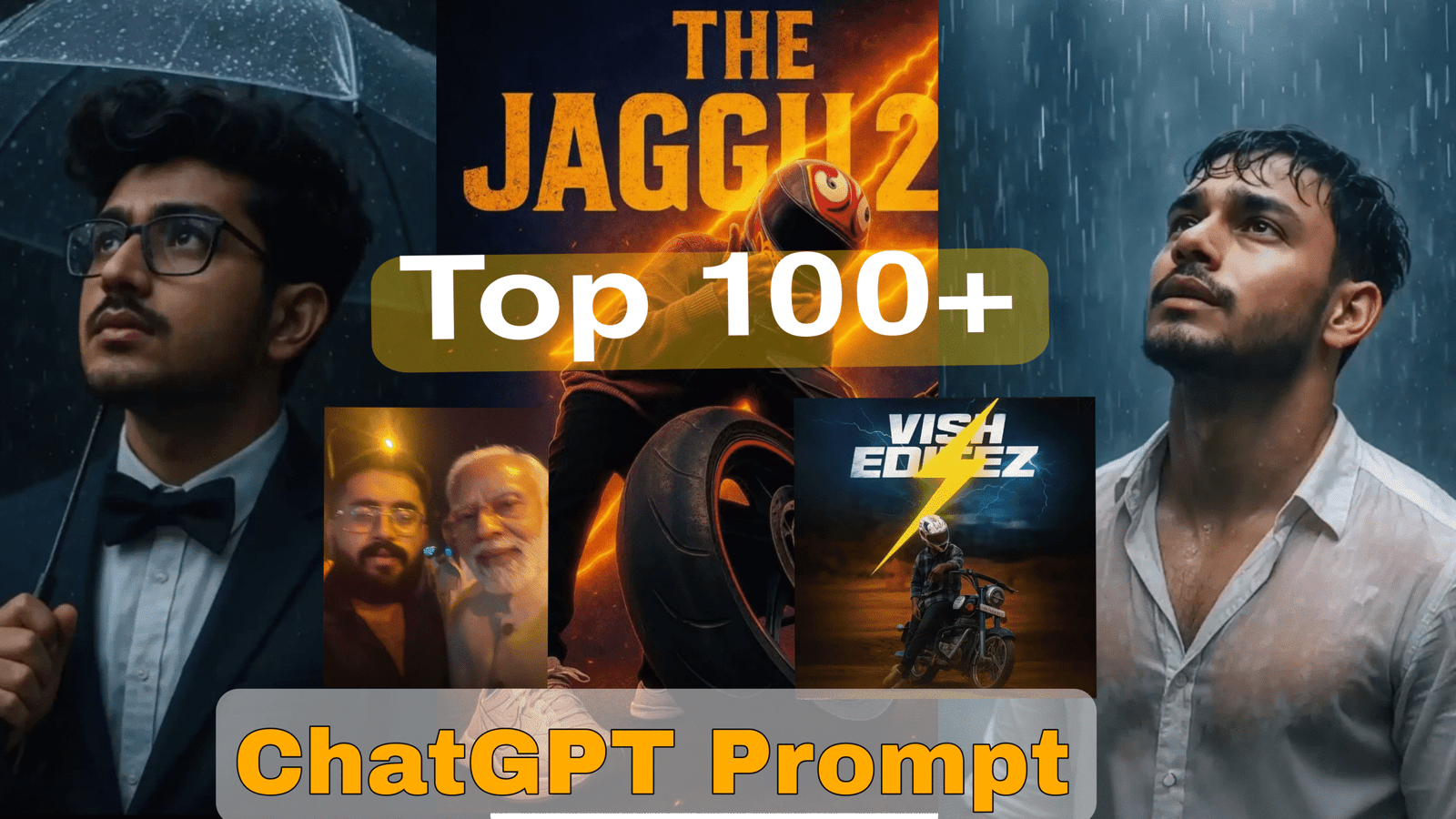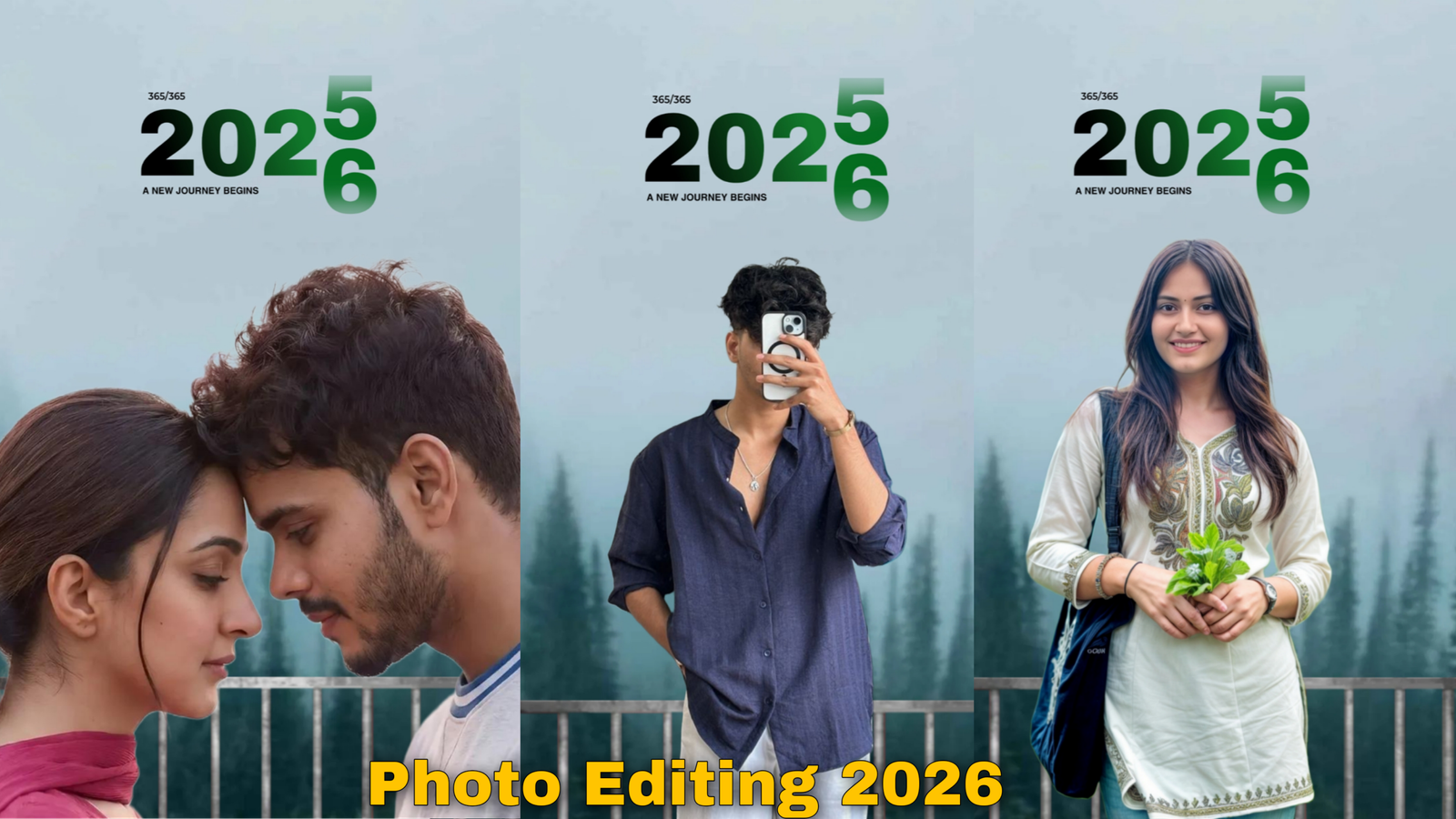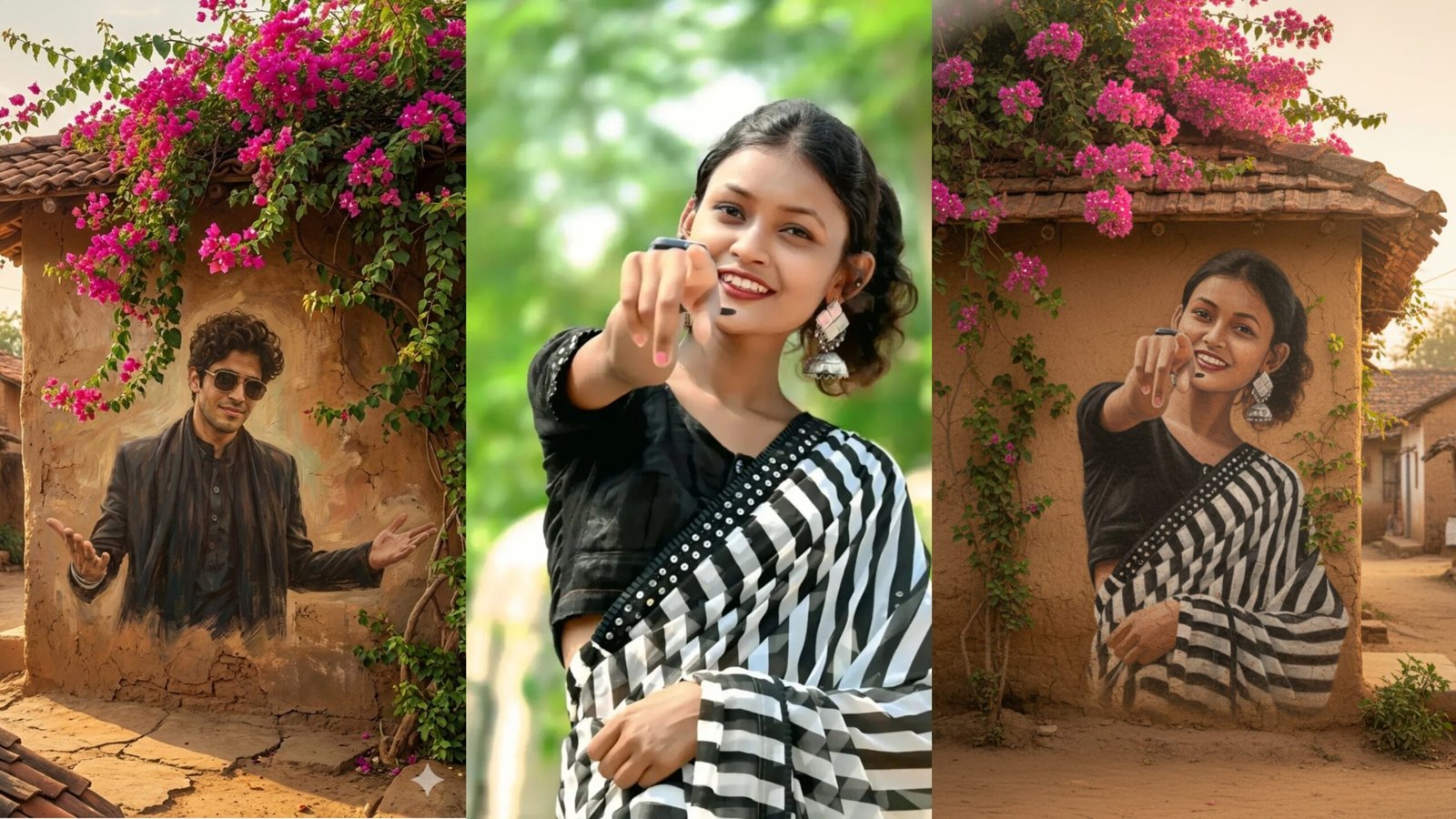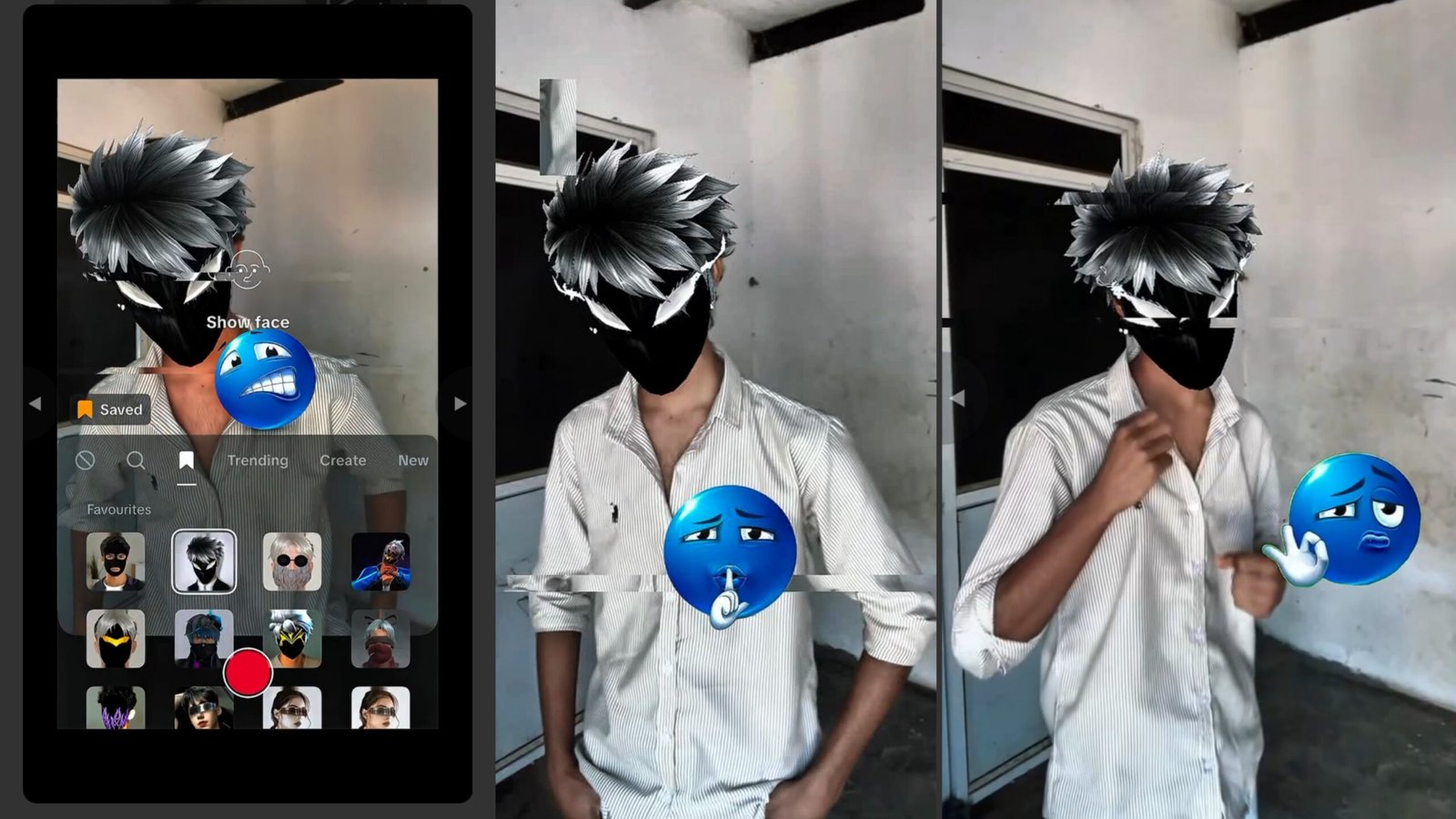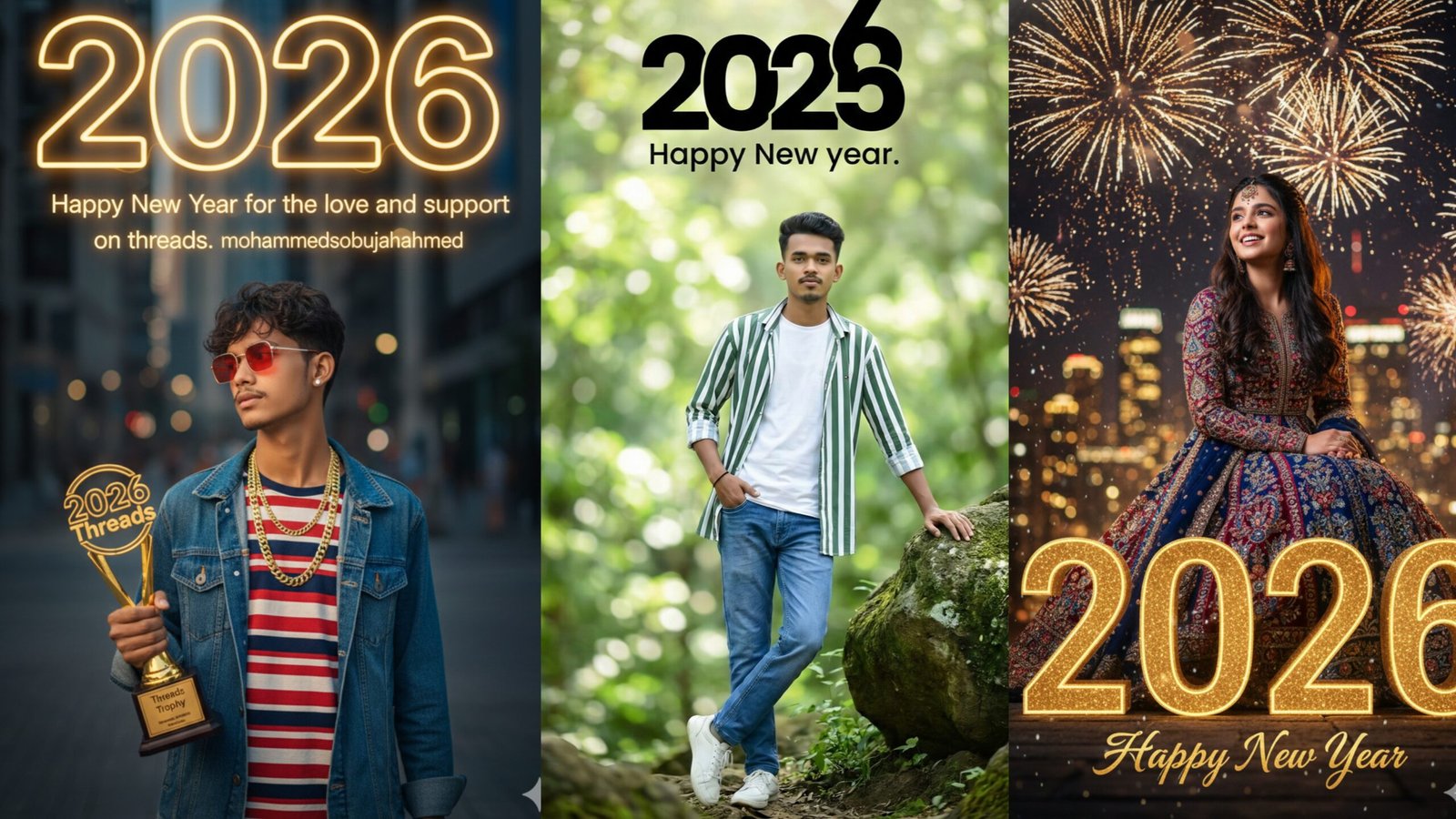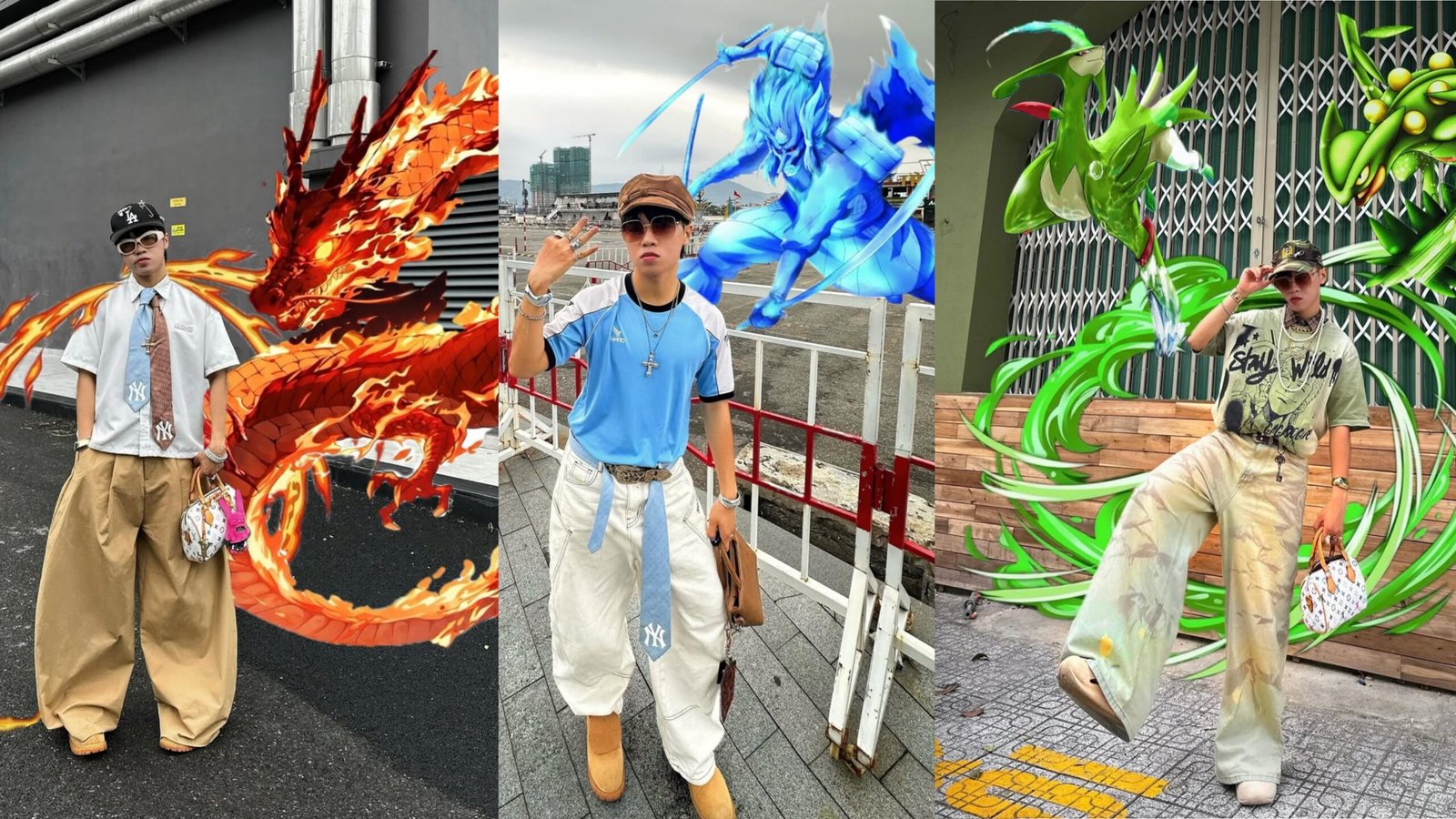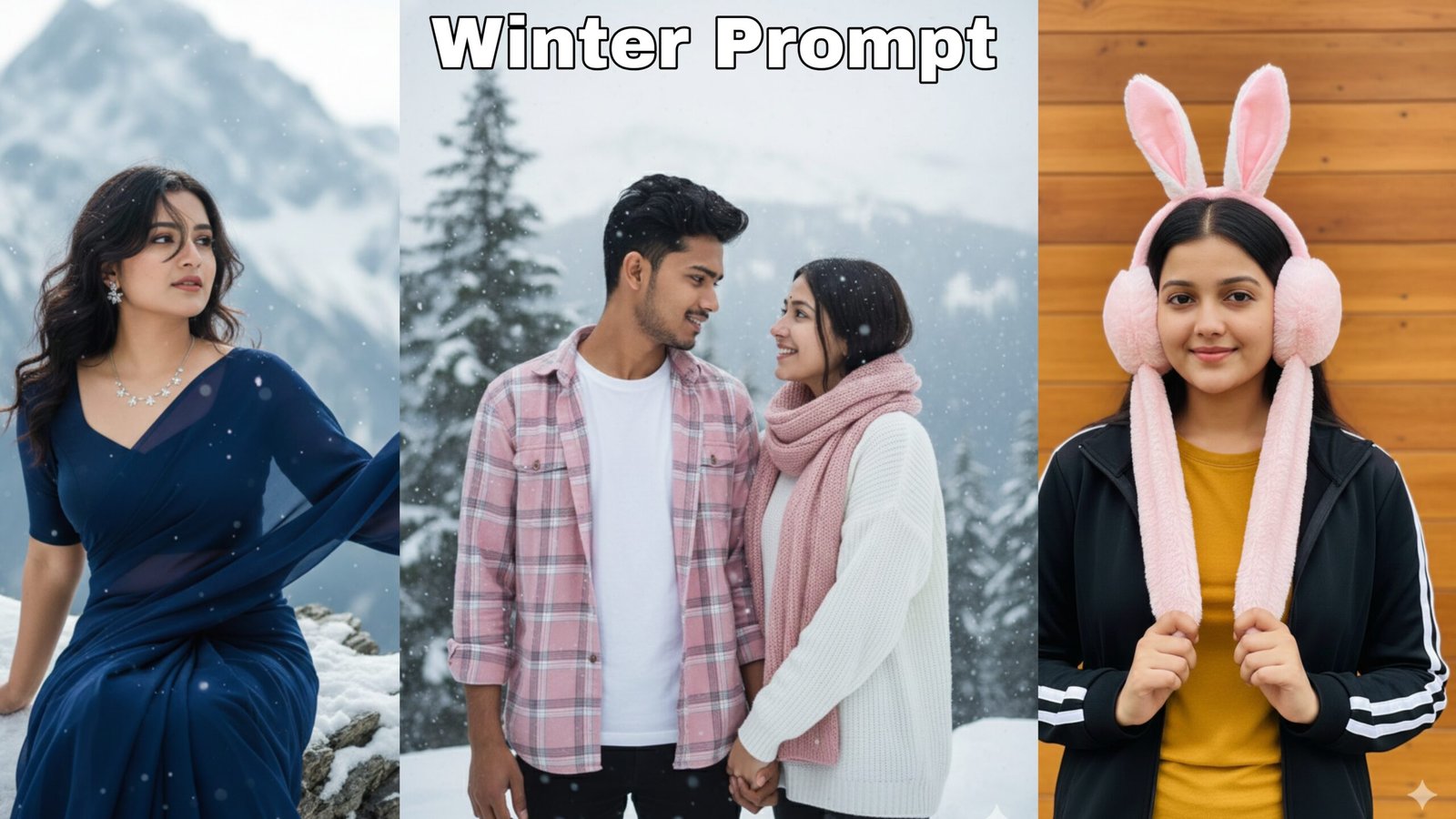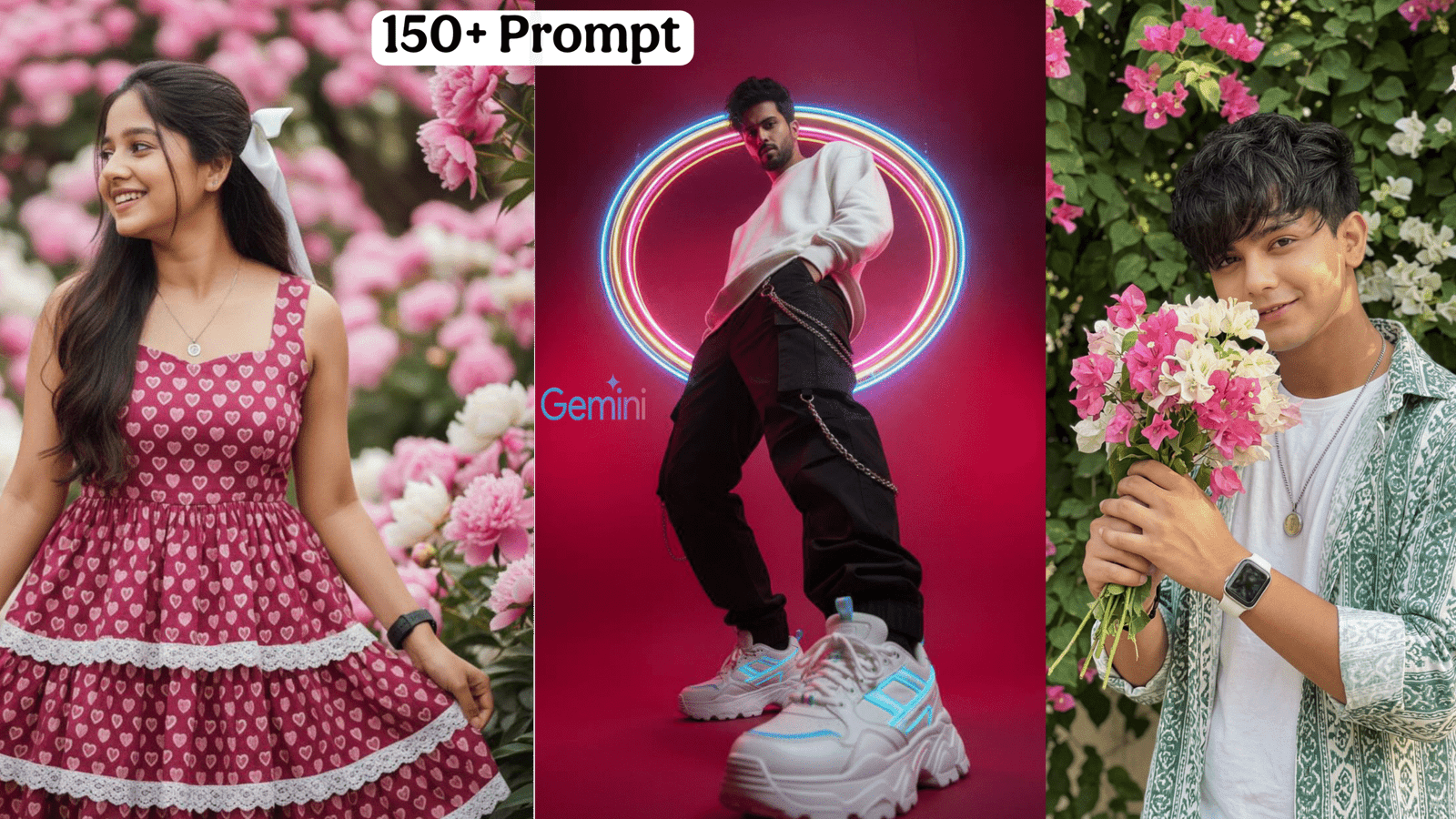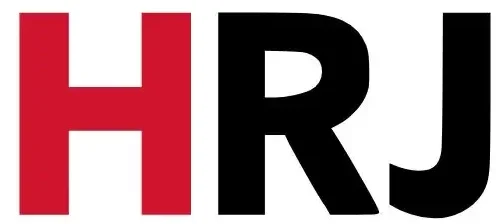The rise of AI has undeniably reshaped numerous industries, and photography is no exception. While dedicated photo editing software like Adobe Lightroom and Photoshop remain indispensable, the advent of sophisticated language models like ChatGPT (especially versions with integrated image capabilities) has opened up a new frontier for creative inspiration and even direct image manipulation through text. For photographers in Guwahati, Assam, and across the globe, understanding how to craft effective “ChatGPT photo editing prompts” is becoming a powerful skill, transforming the way they approach their post-processing workflow.
This article will explore the exciting possibilities of using ChatGPT for photo editing, guiding you through the art of prompt engineering, providing practical examples, and discussing how this innovative approach can unlock new levels of creativity and efficiency for your photographic endeavors in 2025.
Beyond Basic Edits: How ChatGPT Elevates Photo Editing
Traditionally, photo editing involves a manual process of adjusting sliders, applying brushes, and using various tools within software. ChatGPT doesn’t replace these tools entirely, but it acts as an intelligent assistant, a creative generator, and in some cases, a direct manipulator of images (when integrated with image generation/editing AI models like DALL-E 3, Midjourney, or even built-in capabilities in newer ChatGPT versions).
Here’s how ChatGPT photo editing prompts are changing the game:
- Creative Brainstorming & Inspiration: Stuck in an editing rut? ChatGPT can generate endless ideas for artistic styles, mood, lighting, and thematic treatments for your photos.
- Style Transfer & Transformation: With the right prompts, ChatGPT (when connected to image AI) can transform your existing photos into completely different artistic styles – from a watercolor painting to a cyberpunk scene.
- Specific Adjustments & Enhancements: Instead of manually adjusting multiple sliders, you can describe the desired outcome in natural language, and the AI can interpret and apply those changes.
- Background Manipulation: Want to change the background of a portrait? ChatGPT, especially with image generation capabilities, can interpret prompts to replace or modify backgrounds.
- Object Addition/Removal (Contextual): While dedicated tools are precise, ChatGPT can be prompted to add subtle elements or remove distractions, maintaining contextual consistency.
- Optimizing for Specific Platforms: Get prompts to tailor your image’s aesthetic for social media, print, or web, considering aspect ratios, color profiles, and overall impact.
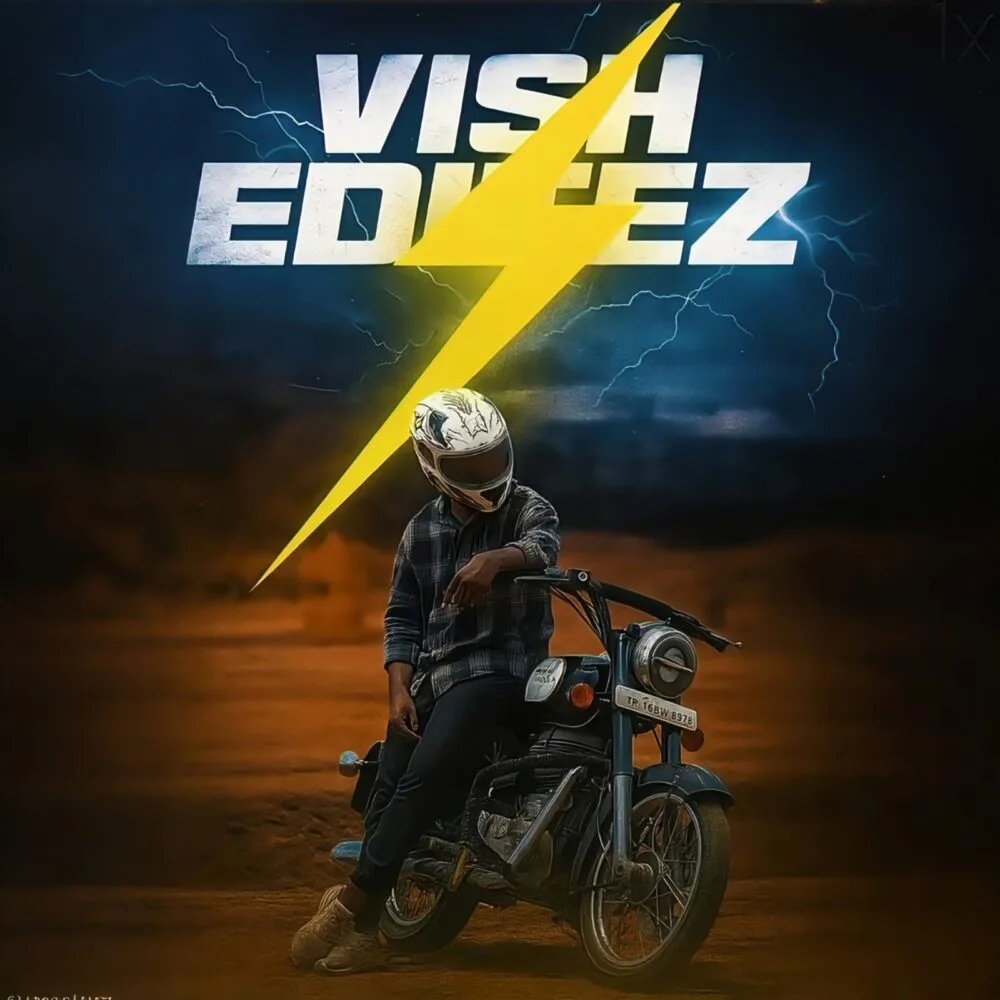
Prompt- create image into a “VISH EDITZ” text at background and with vfx edits like thundar logo design at background into a poster
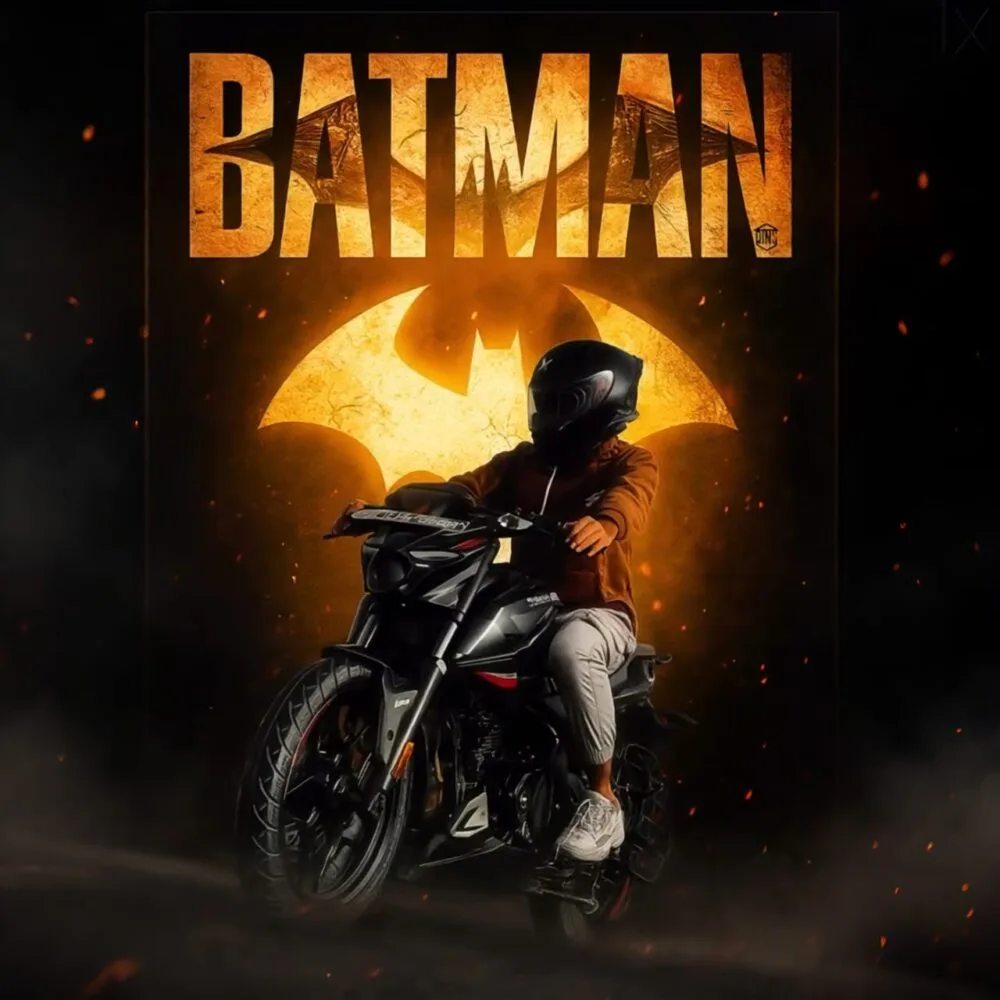
Prompt- create image into a batman text at background and with vfx edits like batman logo design at background into a poster
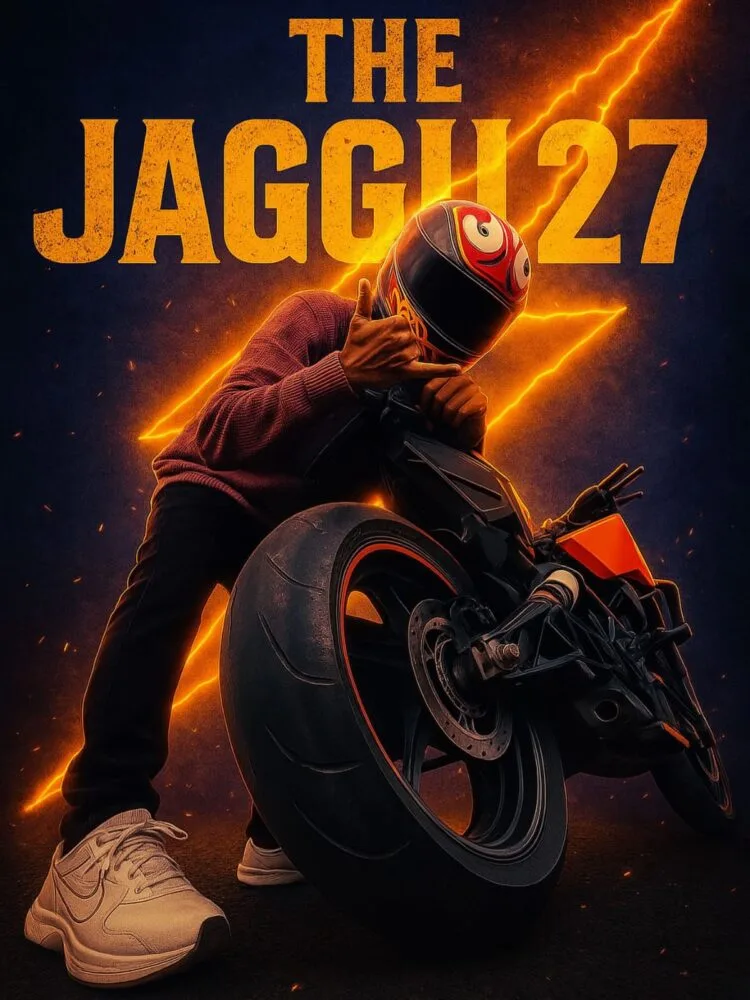
Prompt- create image into a “the jaggu27″text at background and with vfx edits like thundar logo design at background into a poster
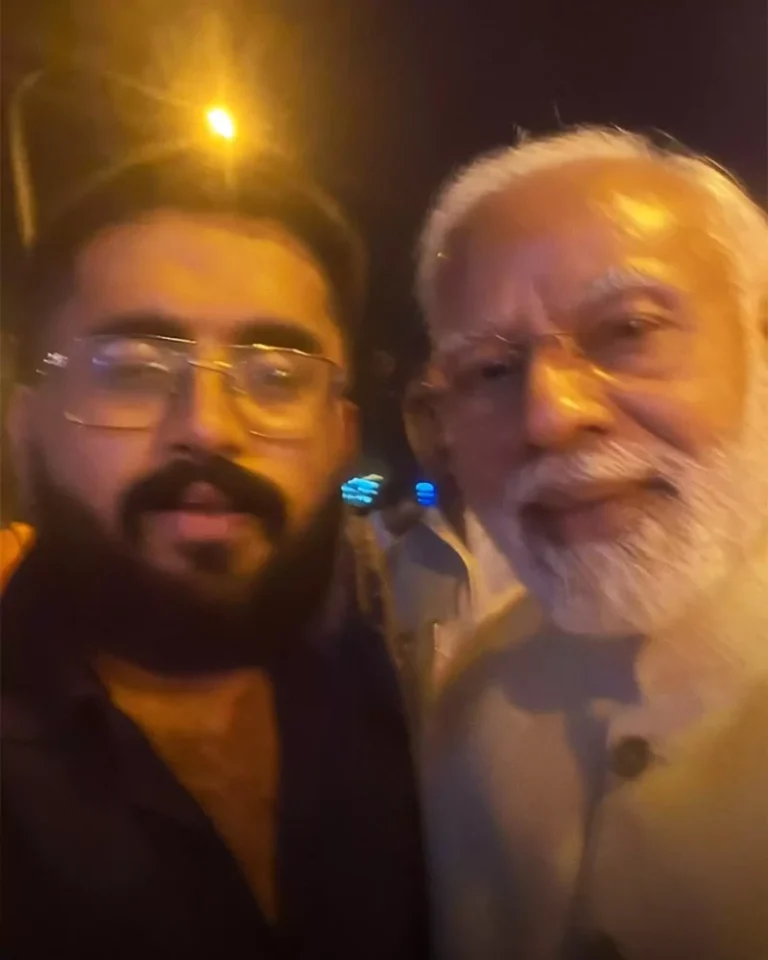
Prompt – Take an extremely ordinary and unremarkable iPhone selfie, with no clear subject or sense of composition-just a quick accidental snapshot. The photo has slight motion blur and uneven lighting from streetlights or indoor lamps, causing mild overexposure in some areas. The angle is awkward and the framing is messy, giving the picture a deliberately mediocre feel, as if it was taken absentmindedly while pulling the phone from a pocket. The main character is [ uploaded person’s face ] and [ ✍ CELEBRITY NAME HERE ] stands next to the person, both caught in a casual, imperfect moment. The background shows a lively Street at night, with neon lights, traffic, and blurry figures passing by. The overall look is intentionally plain and random, capturing the authentic vibe of a poorly composed, spontaneous iPhone selfie.
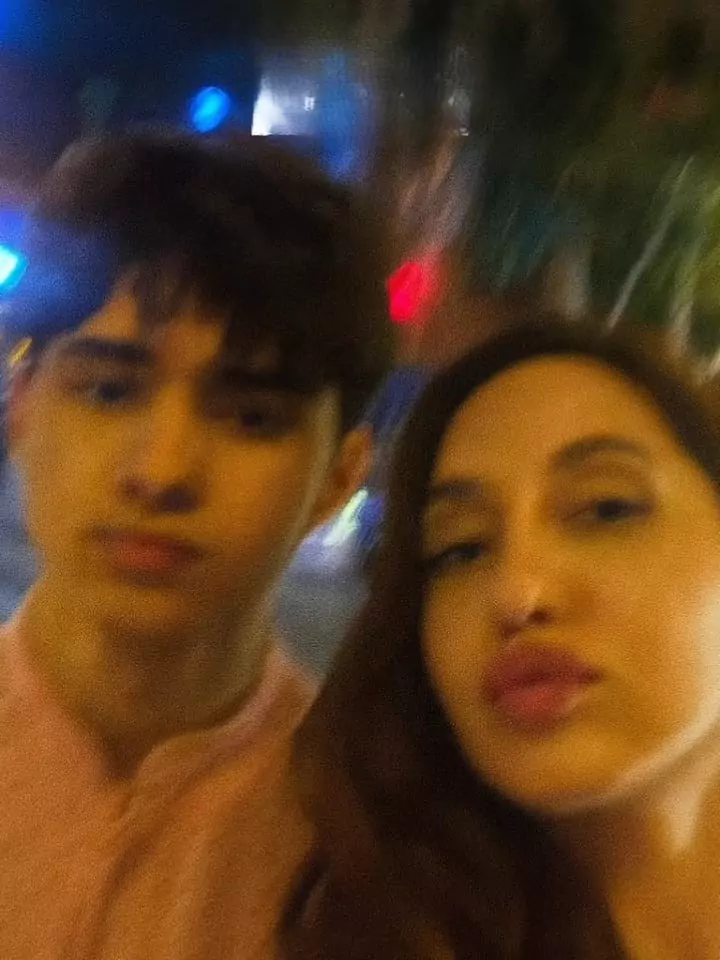
Prompt- Deliberately mediocre feel, as if it was taken absentmindedly while pulling the phone from a pocket. The main character is uploaded person’s face with sharp features, and Actress (Celebrity Name) stands next to him, I’m wearing the same dress as in the reference image. and (Celebrity Name) wearing casual dress, imperfect moment. The background shows a lively night market at night, with neon lights, traffic, and blurry figures passing by. The overall look is intentionally plain and random, capturing the authentic vibe of a poorly composed, spontaneous iPhone selfie.
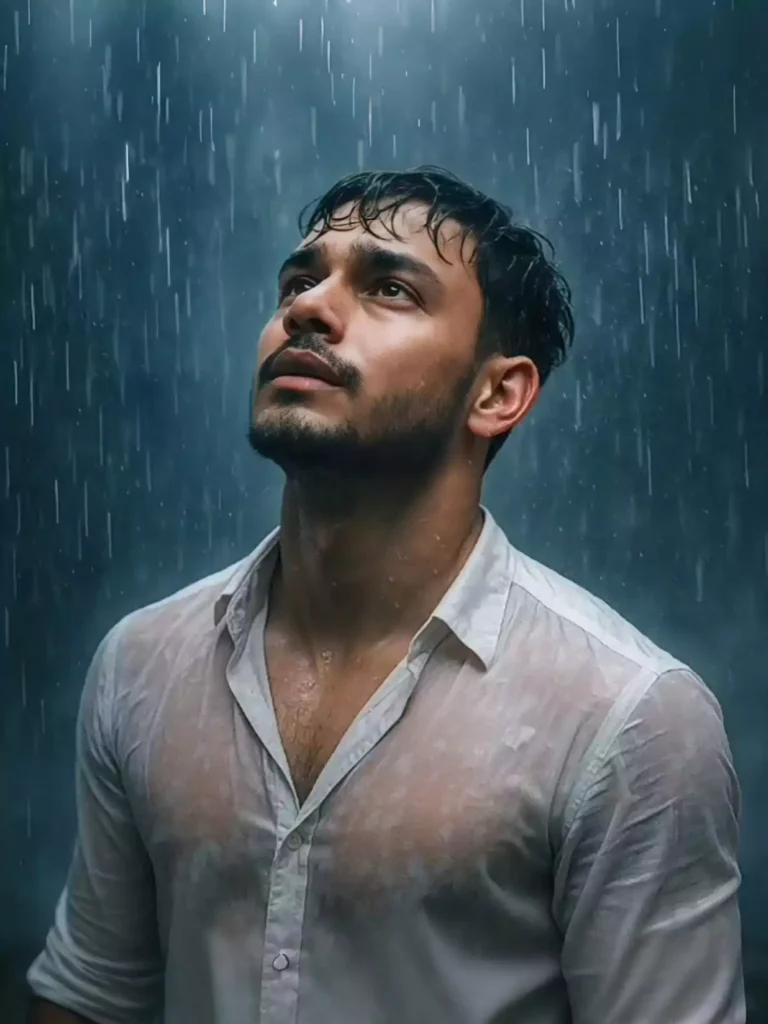
Prompt –A stylish model standing in heavy rain, soaked and expressive, wearing a semi-wet white dress shirt with subtle transparency, artistically clinging to his form. He looks upward with a cinematic, emotional expression. Rain droplets suspended midair, dramatic lighting with cool blue tones, soft mist in the background, shallow depth of field. Editorial fashion shoot style, aesthetics, captured in ultra-high resolution
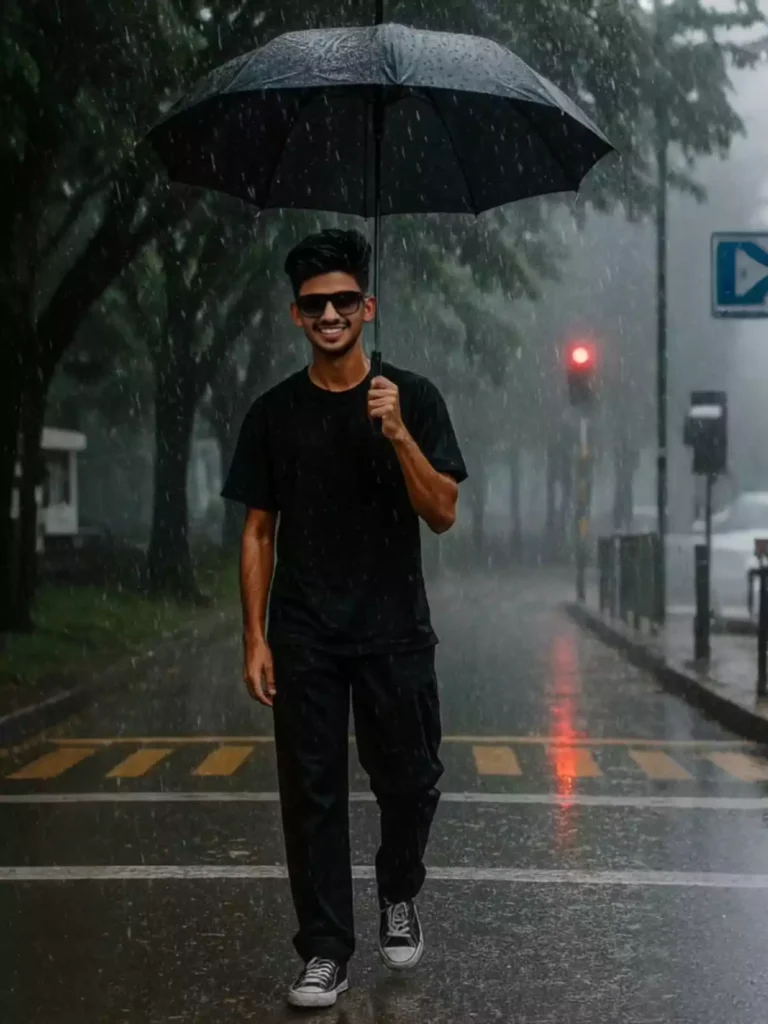
prompt – Wearing an oversized black t-shirt, black box pants, snekers.using an umbrella on the sidewalk about to cross the road at a red light, many trees, beside the sidewalk.heavy rain. Ratio 9:16
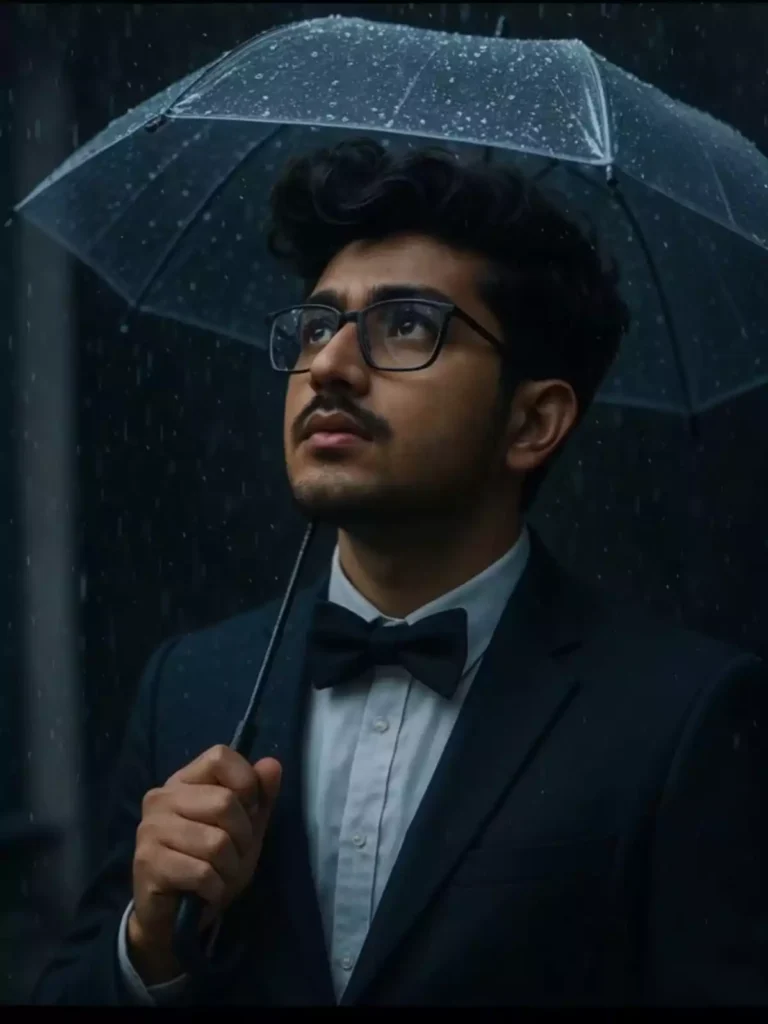
Prompt – “A cinematic portrait of a young man standing in the rain under a transparent umbrella, soft lighting, moody and melancholic atmosphere, water droplets clearly visible, dark background with shallow depth of field, elegant clothing with golden embroidery, dramatic look upwards, cool blue and teal color grading, highly detailed, realistic style.”
The key to unlocking ChatGPT’s potential for photo editing lies in the quality of your prompts. Think of it like directing a highly intelligent, albeit non-visual, assistant. The more specific, descriptive, and clear you are, the better the output.
Here are the essential elements of an effective ChatGPT photo editing prompt:
1. Start with a Clear Action Verb:
Tell ChatGPT what you want it to do.
- Examples: “Transform,” “Apply,” “Enhance,” “Reimagine,” “Change,” “Create,” “Adjust.”
2. Describe the Desired Style or Mood:
Be specific about the aesthetic you’re aiming for. This is crucial for stylistic transformations.
- Examples: “Cinematic black and white,” “dreamy pastel,” “vibrant street photography style,” “moody and dramatic,” “bright and airy,” “retro 80s vaporwave,” “Studio Ghibli anime style,” “oil painting texture,” “neo-noir film look.”
3. Specify Lighting and Atmosphere:
Lighting is paramount in photography. Describe how you want the light to appear.
- Examples: “Golden hour glow,” “soft diffused light,” “harsh dramatic shadows,” “neon city lights,” “mystical foggy atmosphere,” “bright studio lighting,” “backlit silhouette.”
4. Define Color Palette and Tonal Qualities:
Guide the AI on the colors and overall tones.
- Examples: “Muted earthy tones,” “high contrast black and white with deep blacks,” “vibrant jewel tones,” “desaturated urban palette,” “warm sepia tones,” “cool blues and purples.”
5. Mention Specific Elements or Subjects (if relevant for transformation):
If you’re asking to modify an uploaded image, mention the subject and any elements you want to influence.
- Examples: “Focus on the subject’s face,” “enhance the texture of the old building,” “make the flowers pop,” “subtly blur the background.”
6. Provide Context and Intent:
Why are you editing this photo? What is its purpose? This helps ChatGPT understand the underlying goal.
- Examples: “This is a portrait for a fashion magazine,” “a landscape photo for a travel blog,” “a product shot for an e-commerce website.”
7. Specify Output Format or Requirements:
If ChatGPT is generating descriptive ideas for you, ask for formats.
- Examples: “Give me 5 unique editing ideas,” “Provide 3 prompt variations for a cinematic look,” “List 10 hashtags for a moody portrait.”
8. Iteration is Key:
Your first prompt might not yield perfect results. Refine your prompts based on the output. If it’s too vague, add more detail. If it’s too specific and limiting, try broader terms.
The Workflow: Integrating ChatGPT into Your Photo Editing Process
- Analyze Your Image: Understand what you want to achieve with the photo.
- Open ChatGPT: Use a version of ChatGPT with image analysis or generation capabilities (e.g., ChatGPT Plus with DALL-E 3, or other integrated AI image editors).
- Upload or Describe: Upload your image (if the AI model supports it) or provide a detailed description of the photo you want to edit or generate.
- Craft Your Prompt: Combine the elements discussed above. Be creative and specific.
- Iterate and Refine: Review the AI’s output. If it’s not quite right, ask follow-up questions, add more detail, or refine your prompt.
- Apply in Editor: If ChatGPT provides descriptive guidance, take those suggestions and apply them in your preferred photo editing software (Lightroom, Photoshop, Capture One, etc.). If it directly edits or generates, evaluate the output.
SEO Strategies for “ChatGPT Photo Editing Prompts” Content
To ensure this article ranks highly for the target keyword and related queries:
- Primary Keyword Integration: Use “ChatGPT photo editing prompts” in the title, headings (H1, H2, H3), introduction, and conclusion.
- Long-Tail Keywords: Integrate related terms like “how to use ChatGPT for photo editing,” “AI photo editing prompts,” “creative AI prompts for photographers,” “ChatGPT for photographers workflow,” “prompt engineering for image editing,” “transform photos with ChatGPT,” and “best ChatGPT prompts for visual artists.”
- Specific AI Tool Mentions: Referencing tools like “DALL-E 3,” “Midjourney,” “Adobe Firefly,” etc., will capture searches related to specific AI capabilities.
- Actionable Examples: Providing concrete, copy-pasteable prompt examples makes the content highly valuable and shareable.
- Problem/Solution Focus: Address common pain points photographers face (e.g., creative blocks, tedious edits) and position ChatGPT prompts as a solution.
- User Intent: Cater to various user intents – those looking for inspiration, those wanting to understand the technology, and those seeking practical application.
- Internal & External Linking: Link to relevant articles on photo editing software, AI art generators, or official ChatGPT resources.
- Geographic Relevance: A subtle mention of “Guwahati, Assam” helps connect with local search trends while maintaining broad appeal.
- Structured Data: Consider using schema markup for how-to guides or articles to enhance search engine visibility.
Conclusion
The synergy between photography and artificial intelligence, particularly through “ChatGPT photo editing prompts,” marks an exciting evolution in the creative process. No longer confined to manual adjustments, photographers now have a powerful linguistic interface to explore new artistic directions, refine their vision, and even directly manipulate images with unprecedented ease. By mastering the art of prompt engineering, photographers in Guwahati, Assam, and indeed, around the world, can unlock a new realm of creative possibilities, pushing the boundaries of what’s achievable in the digital darkroom and transforming their photographic journey. Embrace this new creative partner, and let your imagination be the only limit.
